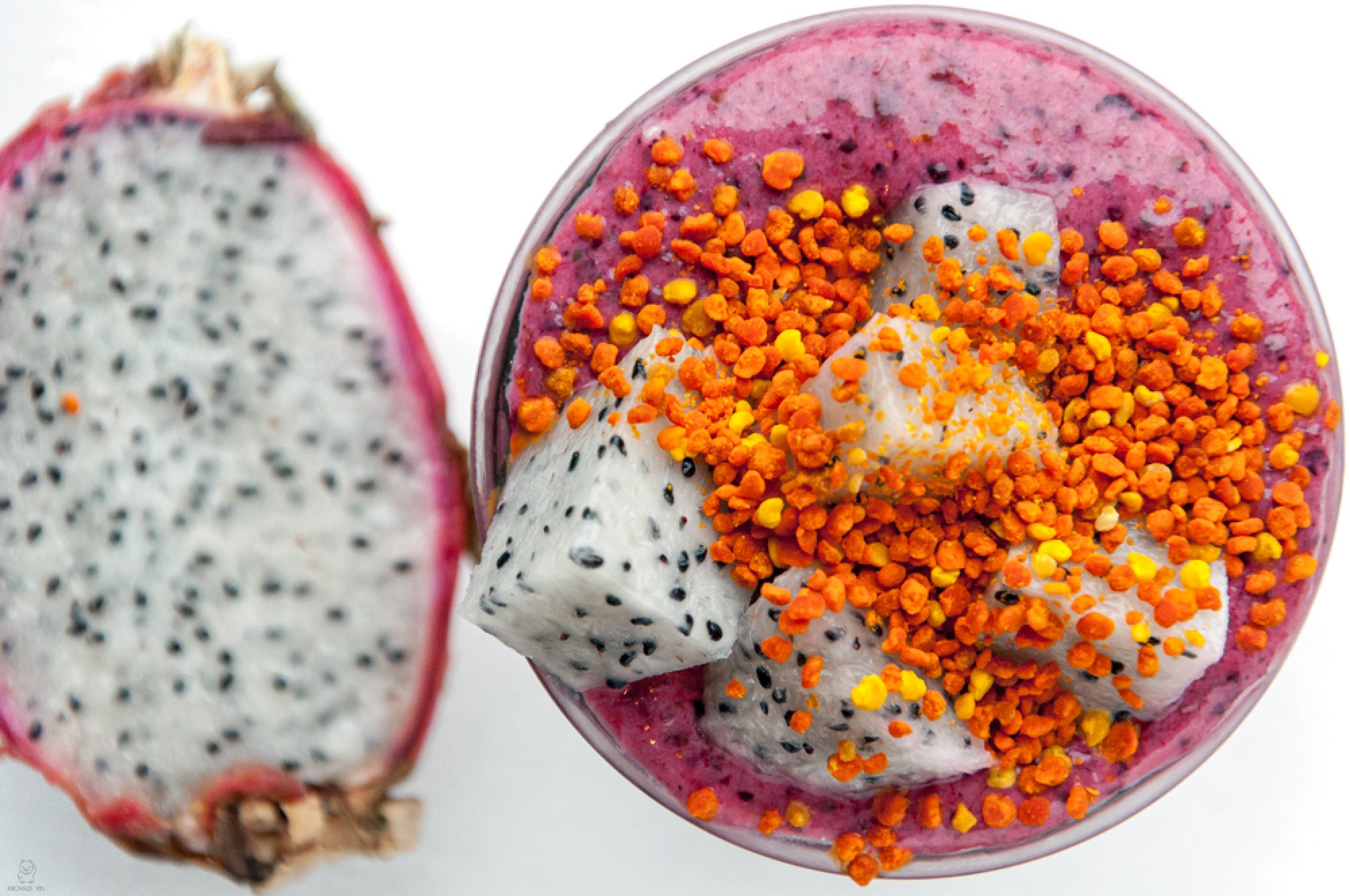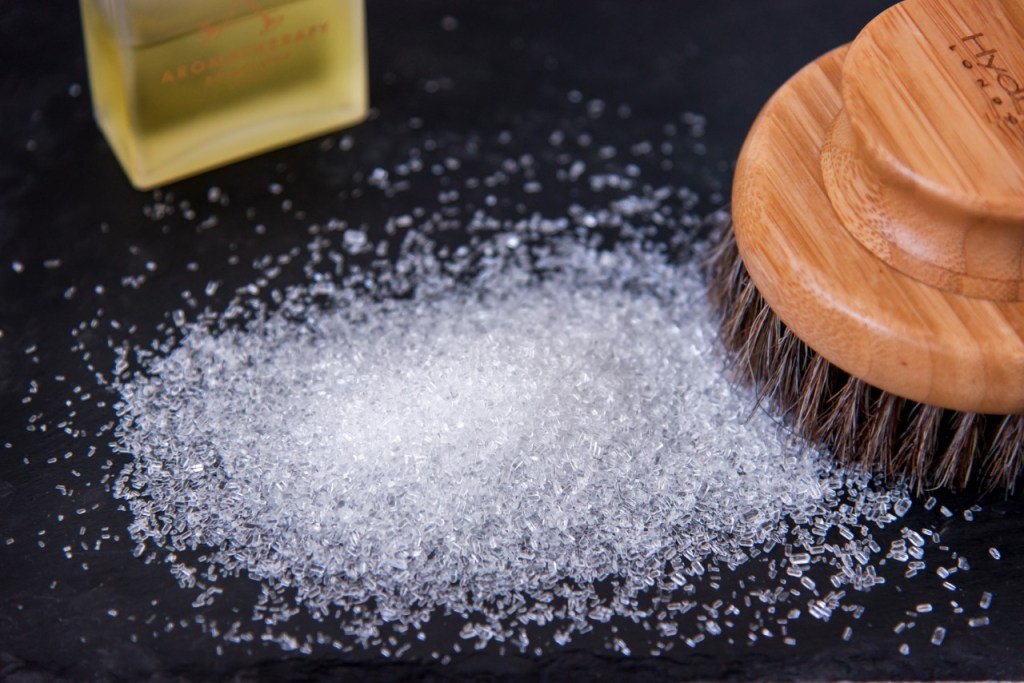Με αφορμή τη παγκόσμια μέρα κατά του διαβήτη ήθελα να μοιραστώ κάποιες σκέψεις (βασισμένες σε πρόσφατες έρευνες) για ολιστικές προσεγγίσεις στη διαχείρηση του Διαβήτη τύπου 2.
Κετογενική, Ατκινς, Αυστηρή χορτοφαγία… έχω μπερδευτεί; Ποια διατροφή είναι τελικά πιο αποτελεσματική για τη διαχείριση του Διαβήτη 2;
Η απάντηση στην ερώτηση αυτή δεν είναι απλή παρ΄όλ’ αυτά η σύντομη απάντηση είναι μια μεσογειακή διατροφή πλούσια σε ακόρεστα λιπαρά, φυτικές ίνες και σύνθετους υδατάνθρακες χαμηλού γλυκαιμικού δείκτη. Η κετογενική έχει συζητηθεί πολύ επίσης λόγω των πολύ καλών άμεσων αποτελεσμάτων της τόσο στη μείωση βάρους όσο και στη μείωση της γλυκαιμίας, όμως ενέχει κινδύνους…
Συγκεκριμένα απ όσο γνωρίζουμε:
Ενώ η διατροφή χαμηλή σε υδατάνθρακες (<25% των θερμίδων) έχει πιο άμεσα αποτελέσματα στη μείωση της γλυκοζηλιωμένης αλβουμίνης HbA1c (Schwingshackl et al. 2018),δείκτη που μετράει τη μέση τιμή της γλυκόζης στο αίμα τους τελευταίους 3 μήνες, η μεσογειακή διατροφή υπερτερεί καθώς είναι εξίσου αποτελεσματική στη μείωση της HbA1c σε μικρό ορίζοντα χρόνου (-32% μείωση) αλλά κυρίως σε βάθος χρόνου. Εκτός από τη μείωση της Hb1ac η μεσογειακή διατροφή είναι πιο αποτελεσματική στην απώλεια βάρους καθώς και στη ρύθμιση των λιπιδίων (Papamichou, Panagiotakos and Itsiopoulos, 2019) , σημαντικά οφέλη για τη πρόληψη καρδιαγγειακών παθήσεων που συχνά συνδέονται με το Διαβήτη 2. Έχει λοιπόν πολλαπλά οφέλη σε σχέση με τη κετογενική και γι’ αυτό προτιμάται. Αν κι έχουν γίνει ιδιαίτερα δημοφιλείς τα τελευταία χρόνια, δίαιτες χαμηλών υδατανθράκων όπως η κετογενική, δεν ενδείκνυνται για όλους τους διαβητικούς λόγω του υψηλού καρδιαγγειακού τους ρίσκου (Bolla et al., 2019). Επίσης η συμμόρφωση σε δίαιτες χαμηλών υδατανθράκων για μεγάλο χρονικό διάστημα είναι σχεδόν αδύνατη, έτσι ενώ είναι όντως πιο αποτελεσματικές στη ρύθμιση της γλυκαιμίας με άμεσα αποτελέσματα (σε λιγότερο από ένα χρόνο), δεν είναι το ίδιο αποτελεσματικές μετά τους 12 μήνες καθώς η συμμόρφωση σε αυτό το πολύ δύσκολο τρόπο διατροφής πέφτει δραματικά.
Όλες οι έρευνες συμφωνούν στα παρακάτω όσον αφορά τη πιο αποτελεσματική διαχείριση του διαβήτη:
- η ποιότητα των υδατανθράκων (το αν είναι δηλαδή απλοί ή σύνθετοι) είναι πιο σημαντική από την ποσότητα των υδατανθράκων, και οι σύνθετοι υδατάνθρακες (όπως όσπρια, δημητριακά ολικής άλεσης, φρούτα και λαχανικά, ξηροί καρποί) υπερέχουν σε σχέση με τους απλούς (λευκά άλευρα, επεξεργασμένη ζάχαρη, γαλακτοκομικά).
- Υπάρχει όλο και μεγαλύτερη αναγνώριση στο ότι ή έμφαση πρέπει να δίνεται στο είδος των τροφών και στον υγιεινό τρόπο διατροφής παρά σε μεμονωμένα μακροθρεπτικά στοιχεία. Η έρευνες υποστηρίζουν την αποφυγή επεξεργασμένων τροφών, αλλαντικών, λουκάνικων κι επεξεργασμένων κρεάτων, αναψυκτικών κι απλών δημητριακών και την πρόσληψη φυτικών ινών, λαχανικών και γιαουρτιού. Ο λόγος που η μεσογειακή διατροφή αποδεικνύεται πιο αποτελεσματική έχει να κάνει τόσο με τη ποιότητα όσο και τη ποσότητα των ακόρεστων λιπαρών (όπως αυτά που συναντώνται στα λιπαρά ψάρια, ξηρούς καρπούς και ελαιόλαδο, πλούσια στη μεσογειακή κουζίνα) που επηρεάζουν τη χοληστερόλη, την ευαισθησία στην ινσουλίνη και τα επίπεδα γλυκόζης.
- Σε κάθε περίπτωση όμως η πιο αποτελεσματική διατροφή είναι η εξατομικευμένη που λαμβάνει υπόψη την ιδιαίτερη φυσιολογία και ψυχολογία του κάθε ασθενή και το στάδιο της νόσου.
Υπάρχουν κάποιες τροφές που πρέπει να καταναλώνω πιο συχνά;
Οι περισσότερες έρευνες (Silva et al., 2013) υποστηρίζουν ότι ο διαβήτης είναι ασθένεια που σχετίζεται άμεσα με την μειωμένη λήψη φυτικών ινών, και ειδικά σύνθετων υδατανθράκων (λαχανικά, φρούτα, όσπρια, ξηροί καρποί, δημητριακά ολικής άλεσης) Οι φυτικές ίνες που είναι πιο ωφέλιμες για την εξισορόπηση του ζαχάρου είναι οι υδατοδιαλυτές δηλαδή τα όσπρια, η βρώμη, οι ξηροί καρποί, οι σπόροι, τα αχλάδια, τα μήλα και τα περισσότερα λαχανικά. Η συγκεκριμένη μορφή φυτικών ινών έχει βρεθεί ότι καθυστερεί τη χώνεψη και απορρόφηση των υδατανθράκων κι έτσι αποτρέπουν τις απότομες αυξομειώσεις στο ζάχαρο, την υπερβολική έκκριση ινσουλίνης και ότι βελτιώνουν την απορρόφηση γλυκόζης από το συκώτι και άλλους ιστούς, αποτρέποντας με αυτό το τρόπο τη παρατεταμένη γλυκαιμία. Ιδανικά η διατροφή για διαβητικούς πρέπει να περιέχει τουλάχιστον 50γρ φυτικών ινών σε καθημερινή βάση μέσα από τροφές, καθώς η συμπληρωματική μορφή φυτικών ινών δεν έχει βρεθεί να έχει τα ίδια αποτελέσματα με τη διατροφική αλλαγή.
Βότανα με ιδιαίτερα ευεργετική δράση κατά του διαβήτη, κυρίως προερχόμενα από την παραδοσιακή ινδική ιατρική (αγιουβέρδα) είναι:
- οι σπόροι τριγωνέλας (fenugreek). Μια ανάλυση από τον Gong et al. (2016) βρήκε ότι η καθημερινή κατανάλωση 2κ.σ σπόρους τριγωνέλλας μπορεί να μειώσει τη HbA1c εως και 1.16mmol/mol.
- το Γύμνεμα σιλβέστρε (Gymnema sylvestre), γνωστό κι ως ‘ο καταστροφέας της ζάχαρης’ που έχει βρεθεί ότι βοηθά στη παραγωγή ινσουλίνης κι έχει εξαιρετικά αποτελέσματα σε συνδυασμό με τη φαρμακευτική αντιδιαβητική αγωγή
- Τα φύλλα του φυτού νημ, που χάρη στη κουερσετίνη, έχουν βρεθεί να μειώνουν τα επίπεδα σακχάρου στο αίμα και τις υπεργλυκαιμικές κρίσεις.
Γιατί αλλαγή του τρόπου ζωής και όχι μόνο δίαιτα;
Έρευνες (Pan et al., 2018) έχουν επίσης δείξει ότι τα αποτελέσματα στη διαχείριση του διαβήτη είναι πιο σημαντικά όταν συνοδεύονται και από άσκηση, και συγκεκριμένα ο συνδυασμός ενδυνάμωσης και αεροβικής γυμναστικής είναι η πιο αποτελεσματική μορφή άσκησης για τη μείωση της HbA1c. Η αύξηση της μυϊκής μάζας και του μεταβολισμού, που έρχονται με την τακτική άσκηση, βελτιώνουν την ευαισθησία στην ινσουλίνη και το γλυκαιμικό έλεγχο.
Εξίσου αποτελεσματική και ελάχιστα παρεμβατική μορφή άσκησης για τη διαχείριση του διαβήτη, είναι και η γιόγκα (Sahay, 2007) μιας και βοηθά στη μείωση του στρες και στη χαλάρωση καθώς το στρες αυξάνει τα επίπεδα αδρεναλίνης και κορτιζόλης, που με τη σειρά τους αυξάνουν τη γλυκαιμία και υποθάλπτουν την δράση της ινσουλίνης.
Πολύ ενθαρρυντική είναι και η αναγνώριση πλέον ότι ο διαβήτης τύπου2 δεν χρειάζεται να είναι μια νόσος που επιδεινώνεται σταδιακά, αλλά υπάρχει μεγάλη πιθανότητα ανάρρωσης με τις κατάλληλες διατροφικές παρεμβάσεις και αλλαγές του τρόπου ζωής.
Πηγές
Ajala, O., English, P. and Pinkney, J., 2013. Systematic review and meta-analysis of different dietary approaches to the management of type 2 diabetes. The American Journal of Clinical Nutrition, 97(3), pp.505-516.
Bolla, Caretto, Laurenzi, Scavini and Piemonti, 2019. Low-Carb and Ketogenic Diets in Type 1 and Type 2 Diabetes. Nutrients, 11(5), p.962.
Pan, B., Ge, L., Xun, Y., Chen, Y., Gao, C., Han, X., Zuo, L., Shan, H., Yang, K., Ding, G. and Tian, J., 2018. Exercise training modalities in patients with type 2 diabetes mellitus: a systematic review and network meta-analysis. International Journal of Behavioral Nutrition and Physical Activity, 15(1).
Papamichou, D., Panagiotakos, D. and Itsiopoulos, C., 2019. Dietary patterns and management of type 2 diabetes: A systematic review of randomised clinical trials. Nutrition, Metabolism and Cardiovascular Diseases, 29(6), pp.531-543.
Schwingshackl, L., Chaimani, A., Hoffmann, G., Schwedhelm, C. and Boeing, H., 2018. A network meta-analysis on the comparative efficacy of different dietary approaches on glycaemic control in patients with type 2 diabetes mellitus. European Journal of Epidemiology, 33(2), pp.157-170.
Silva, F., Kramer, C., de Almeida, J., Steemburgo, T., Gross, J. and Azevedo, M., 2013. Fiber intake and glycemic control in patients with type 2 diabetes mellitus: a systematic review with meta-analysis of randomized controlled trials. Nutrition Reviews, 71(12), pp.790-801.
Tripathi, P., Srivatava, R., Pandey, A., Pandey, R. and Goswami, S., 2011. Alternative therapies useful in the management of diabetes: A systematic review. Journal of Pharmacy and Bioallied Sciences, 3(4), p.504.


 Accordion content
Accordion content




